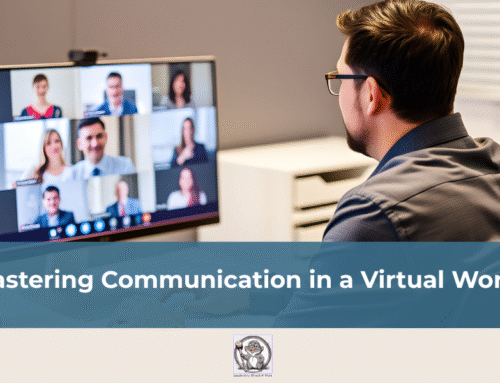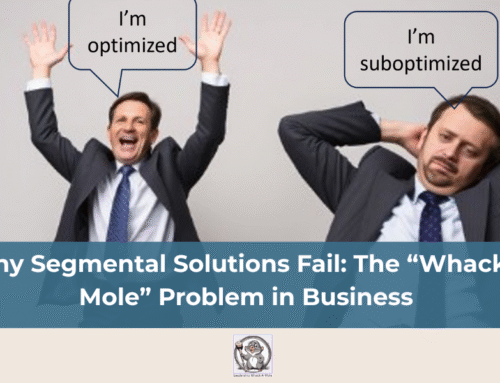
By Ric Shriver
The desire among business leaders to create and sustain resilient, strong, healthy, agile, and high performing cultures is pervasive throughout the industrialized world. The word “culture” is likely the most researched word on the web’s various search engines, and thousands of articles and books have been written about the topic. The perceptions of a resilient, strong, healthy, and agile culture that exist among business leaders also probably number in the thousands – everyone seems to have their own idea about what culture means to and for their respective organizations.
The numerous perceptions of culture are justified. A strong, healthy, and agile culture focused on producing high quality, high value, and unparalleled performance varies from business to business, competitive environment to competitive environment, and from one geographic location to another geographic location. So, to all the vendors who promote a “magic formula” or a “magic sauce” to transform a culture, I say good luck. Designing, defining, and planning for the transformation of a business culture is a unique undertaking for every business in every industry!
We have prepared for and stand ready to work with business leaders throughout the United States to pursue a customized approach for transforming their cultures. Here is how our approach works:
Step 1: We complete an initial assessment of the senior leaders’ desire, commitment to, and support for a cultural transformation process – this step is offered at no cost!
Step 2: With a minimal investment up front, we complete a comprehensive on-line assessment of the perceptions of the current leadership around eight (8) fundamental elements of every culture: 1) the quality and effectiveness of leadership at every level of the business; 2) the quality and effectiveness of internal communication; 3) the quality and effectiveness of talent management policies and practices; 4) the quality and effectiveness of employee relations policies and practices; 5) the quality and effectiveness of teamwork and collaboration 6) the quality and effectiveness of customer/client relationship and service policies and practices; 7) the quality and effectiveness of community stakeholder relationships and perceptions; 8) the quality and effectiveness of process and performance improvement policies and practices.
Step 3: We review the results of the comprehensive on-line assessment with the senior leadership team, clarifying the significance of the responses offered by the various levels of leadership within the organization.
Step 4: With the input of the senior leadership team we prioritize the identified cultural challenges, gaining clarity from the senior leaders regarding their expectations for the desired state for each cultural component. Following this step, we prepare a plan and timeframe for working with the entire leadership team to formulate a detailed plan for driving the culture towards the desired state.
Step 5: In an on-site, facilitated meeting with the designated levels of leadership (may vary depending upon the uniqueness of the business and current culture) we involve the leaders in a hands-on process to create unique strategies to address the previously identified gaps, desired outcomes, accountabilities for implementation, and process for monitoring and communicating progress over a pre-determined period.
Step 6: Along with the members of the senior leadership team and designated internal liaisons we monitor progress and provide modifications and/or support for the identified strategies.
What we have found is that, from beginning to end, the process steps outlined above can take between 12 and 18 months to complete. The success of this process is dependent upon the continued level of senior leadership stability and commitment, dedicated resources to support the recommended strategies, and full transparency and responsiveness from both the assigned consultant and the organization’s liaisons. The potential cost for undertaking this initiative can vary depending upon the size of the organization, the scope of the plan, and the resources required and available to implement the documented steps.
We strongly believe that the involvement, input, and ownership of the designated members of the leadership team for the process ultimately leads to success. As we have outlined in our book Leadership Whack-A-Mole: Actionable Strategies for Leadership Challenges, Chapter 11- “The Power of Culture”, where an organization is regarding its growth and evolution will have a significant influence for the ultimate design of the cultural transformation plan.
If you are interested in learning more about the framework outlined above, please indicate your interest by completing the contact form on this website and asking for a follow-up call to discuss the outlines steps in more detail. We look forward to hearing from you and engaging in a discussion with you about your desires for a high performing culture and business!




